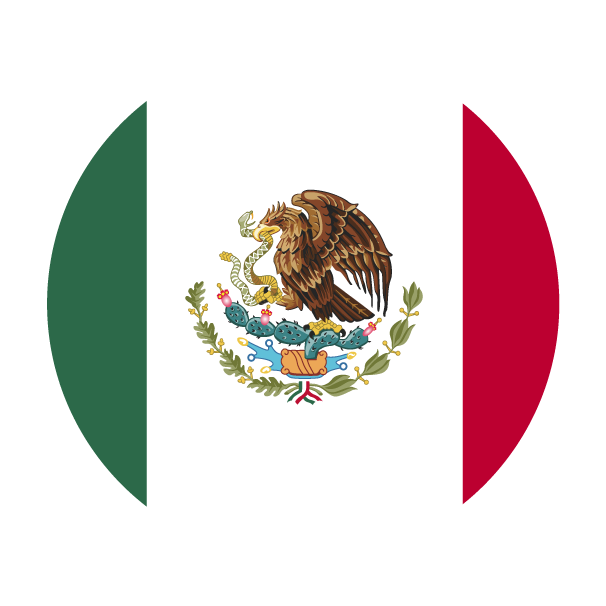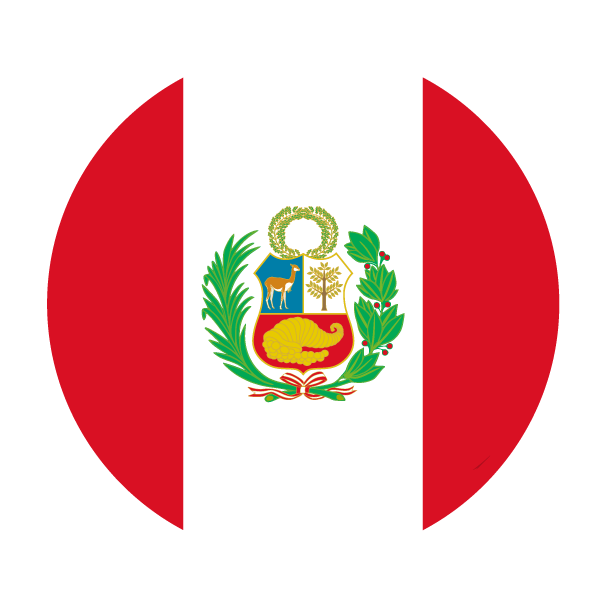The flexibility of mobility restrictions and the expected impact of the measures proposed by the China Banking and Insurance Regulatory Commission (CBIRC) and the People’s Bank of China (PBOC) for the real estate sector, announced at the end of last year, generated high expectations around China’s economic recovery.
This optimism was supported by a PMI at the beginning of the year that evidenced an improved performance in both manufacturing and services, accompanied by an appreciation of the yuan.
However, although it was expected that the late opening of China’s economy could generate an acceleration in the growth rate, since it does not have the same inflationary pressures that different global economies are facing, the truth is that the latest activity figures have revealed a loss of dynamism.
As an example of this, China’s trade balance data, released on June 6, showed that exports fell sharply given the weakening global demand (falling by more than 7% vs. 7%). 0.8% expected), while imports fell in a smaller proportion than expected by the market (8%).
On the other hand, industrial production grew by 3.5% in May, below the 5.6% expected by the market, while retail sales increased by 12.7%, down from 13.6% last month and below the 18.4% expected by consensus.
Equally, growth in real estate investment fell to -10% year-on-year and property-related products achieved worse results in detailed data on industrial production and retail sales.
In contrast, other products have received greater political and economic support such as new energy vehicles, industrial robots and semiconductors, continuing with strong growth. Added to this is the recent announcement of extending tax exemptions until 2027 for clean-energy vehicle buyers, representing an incentive of US$72.300 million over the
What incentives are we expecting?
The combination of deteriorating activity in the real estate market and the decline in exports has triggered political reactions.
China cut the preferential loan rate to 1 and 5 years, falling each by 0.1%, as the market expected after the PBoC cut the reference rate in the same magnitude. Based on the above, the central authority announced new measures to stimulate its activity, such as cuts in its loan rate to financial institutions to levels of 2.65%.
However, in addition to the rate cut, the market expected a broader stimulus package to be announced in order to reactivate the economy, which did not happen.
In real estate, the government is poised to make considerably less effort than during the 2008-09 and 2015-16 cycles, given the more challenging long-term demographic trend and the already high debt levels.
As for the impact of the stimulus packages in place for the manufacturing sector, new energy vehicles and small businesses, while we expect these support policies to continue, or increase at the margin, their impact on GDP growth is likely to be limited.
Our position
We have decided to neutralize our position in the emerging Asia region, where we initially brought a overweight in the region, funded by the U.S.
In turn, within emerging markets, we increased our exposure to Latin America from neutral to overweight, as shown in the following chart.

With the boost of reopening disappearing, medium-term challenges such as demography, real estate recession, implicit government debt problems and geopolitical tensions with the United States, China’s growth prospects may begin to gain more relevance.














